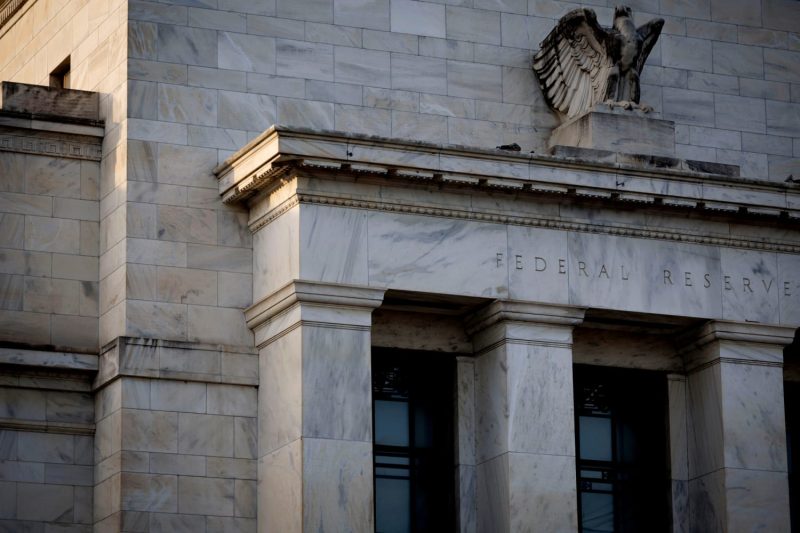
Market Frenzy: What Exactly is the Fed Waiting For to Start Cutting?
In the fast-paced world of financial markets, investors are constantly seeking signals to inform their decisions. Recently, there has been a growing chorus of voices urging the Federal Reserve to consider cutting interest rates. But what exactly are market participants looking for that would prompt such a move? Let’s delve into the key indicators that are driving this sentiment.
First and foremost, market participants are closely monitoring the economic data for signs of a potential slowdown. Indicators such as GDP growth, inflation figures, and employment data all provide crucial insights into the health of the economy. Any weakening in these areas could raise concerns about the need for monetary stimulus in the form of rate cuts.
Additionally, global economic conditions play a significant role in shaping market sentiment. With trade tensions between the U.S. and China simmering and geopolitical uncertainties around the world, investors are on high alert for any developments that could impact global growth. A dovish stance from central banks in other major economies, such as the European Central Bank and the Bank of Japan, could also influence expectations for Fed policy.
Inflation dynamics are another key factor driving the debate around interest rates. The Fed has a dual mandate to promote stable prices and maximum employment. Persistently low inflation could signal weak demand in the economy, prompting calls for looser monetary policy to stimulate growth. Conversely, if inflationary pressures start to escalate, the Fed may need to consider tightening monetary conditions to prevent overheating.
Market expectations and sentiment also play a crucial role in shaping the Fed’s decisions. Forward-looking indicators such as bond yields, stock market performance, and survey-based measures of economic confidence can provide valuable insights into how investors are interpreting the current economic environment. A sharp decline in these indicators could indicate that markets are pricing in a higher likelihood of a rate cut.
Finally, the Fed’s own communication and guidance are paramount in shaping market expectations. Investors closely follow speeches by Fed officials, minutes from policy meetings, and the central bank’s official statements for clues about future policy moves. Any hints of a shift towards a more accommodative stance could fuel speculation about rate cuts in the near term.
In conclusion, the clamor for the Fed to start cutting interest rates soon is being driven by a complex interplay of economic data, global conditions, inflation dynamics, market expectations, and Fed communication. As market participants continue to parse through the latest developments, the central bank faces the challenging task of balancing its dual mandate while navigating a rapidly changing economic landscape. The coming months will be crucial in determining whether the Fed will heed the calls for rate cuts or choose to maintain a wait-and-see approach.
